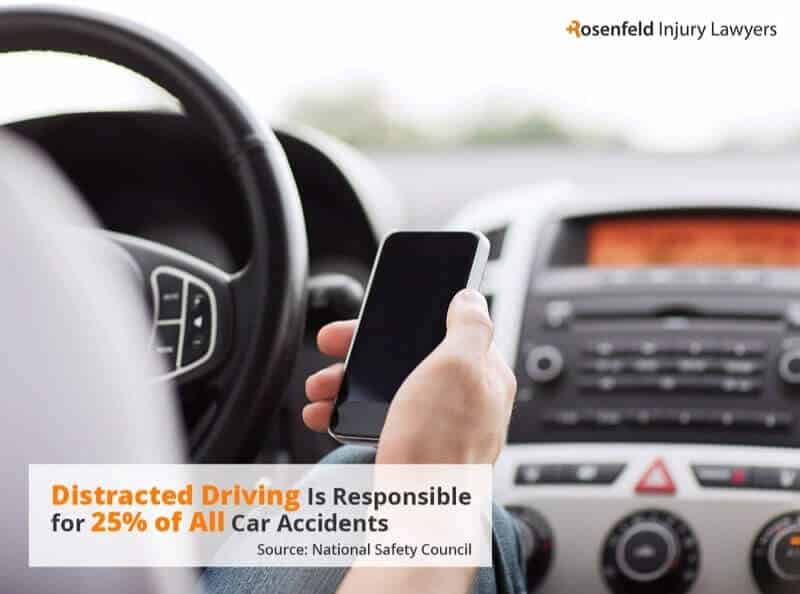Common Types of Injury Cases

Personal injury law, a sector of civil legislation, offers a lawful solution for people who have actually been literally or emotionally hurt because of the neglect or misdeed of another party. This short article explores numerous common types of individual injury cases, dropping light on the conditions under which they might emerge and the legal factors to consider entailed.
1. Automobile Accidents
Vehicle crashes are amongst the most regular reasons for accident claims. These events can involve cars, trucks, bikes, bikes, and pedestrians. The complexity of these situations can vary substantially relying on the number of entailed celebrations, the extent of injuries, and the particular legislations regulating car operation in the jurisdiction where the accident took place. Elements like speeding, intoxicated driving, and sidetracked driving usually add to these accidents. Victims may seek payment for medical expenses, lost incomes, and pain and suffering.
2. Slip and Loss Instances
Slide and fall instances are prevalent in individual injury insurance claims and typically happen on somebody else's residential property. Homeowner (or tenants) have a legal task to maintain their properties risk-free. Rosenfeld Injury Lawyers LLC Nonetheless, not all injuries on the home will bring about liability. The specific nature of a landowner's legal task differs depending upon the circumstance and the laws of the state where the crash happened. Common places where slip and loss crashes happen include mall, dining establishments, exclusive homes, and public rooms.
3. Medical Malpractice
Clinical negligence can occur when a medical care expert stops working to offer skilled or sensibly skilled care, leading to a person's injury or fatality. These situations can include misdiagnosis, improper therapy, surgical mistakes, drug store mistakes, and birth injuries. Clinical malpractice cases are complicated and call for a complete understanding of both lawful and clinical matters, often demanding expert statement and in-depth medical documents.
4. Assault, Battery, and Other Deliberate Torts
Unlike various other kinds of personal injury cases, intentional torts are not based on accidents brought on by carelessness or recklessness, yet instead on intentional acts. These consist of situations of attack, battery, and other deliberate damages. In these scenarios, the perpetrator can be held responsible for injuries created. Along with criminal costs, criminals can face civil lawsuits for financial problems.
5. Office Accidents
Workplace accidents are an additional usual sort of personal injury situation. They can occur in any job setting, from office structures to building sites. Employees' compensation regulations allow staff members that get hurt at work to get a range of advantages, depending on the injury. These advantages might include medical expenditures, payment for lost salaries, and impairment advantages. Nevertheless, in some instances, an employee may likewise have a legal claim versus 3rd celebrations, such as manufacturers of defective tools.
6. Defective Products
Customers that are wounded by a faulty or unexpectedly dangerous item may have a lawful insurance claim against the maker, distributor, or merchant of the product. These claims can be based on defects in style, manufacturing, or advertising (such as insufficient safety and security cautions or instructions). Product obligation insurance claims can be complicated and commonly need experienced testimony.
7. Canine Bites
In lots of states, dog proprietors are held financially in charge of attacks and other injuries brought on by their canines. The specific regulations on owner obligation differ from state to state, with some enforcing a rigorous responsibility regulation and others thinking about the owner's expertise of the pet dog's tendency for aggressiveness.
8. Libel and Aspersion
Injury legislations likewise encompass injury to a person's track record, as occurs with libel (composed libel) and slander (talked libel). The victim must confirm that the false declaration was made and that it triggered harm, often in the kind of economic loss. Unlike other injury insurance claims, in vilification cases, especially involving somebodies, the plaintiff must usually show actual malevolence.
Legal Factors To Consider in Injury Cases
The lawful landscape of injury situations is intricate and differs by territory. An essential idea is carelessness, where the plaintiff needs to show that the offender's absence of practical treatment resulted in their injury. In some situations, nonetheless, strict responsibility uses, and the complainant does not require to demonstrate carelessness.
Compensation in personal injury instances can consist of economic damages (like medical expenses and shed incomes), non-economic damages (like discomfort and suffering), and in some cases corrective problems, meant to penalize the accused for outright misconduct.

The law of constraints is an additional essential element in individual injury cases. This regulation establishes a deadline for submitting a legal action, and it varies relying on the sort of injury and the state in which the incident took place.
Conclusion
Personal injury cases incorporate a wide variety of situations, each with its one-of-a-kind legal factors to consider. Sufferers of personal injury commonly face significant physical, emotional, and monetary obstacles. Understanding the various kinds of injury situations and the lawful concepts that relate to them is vital for any individual associated with such a circumstance. Seeking the experience of a qualified injury attorney is usually essential in navigating these
